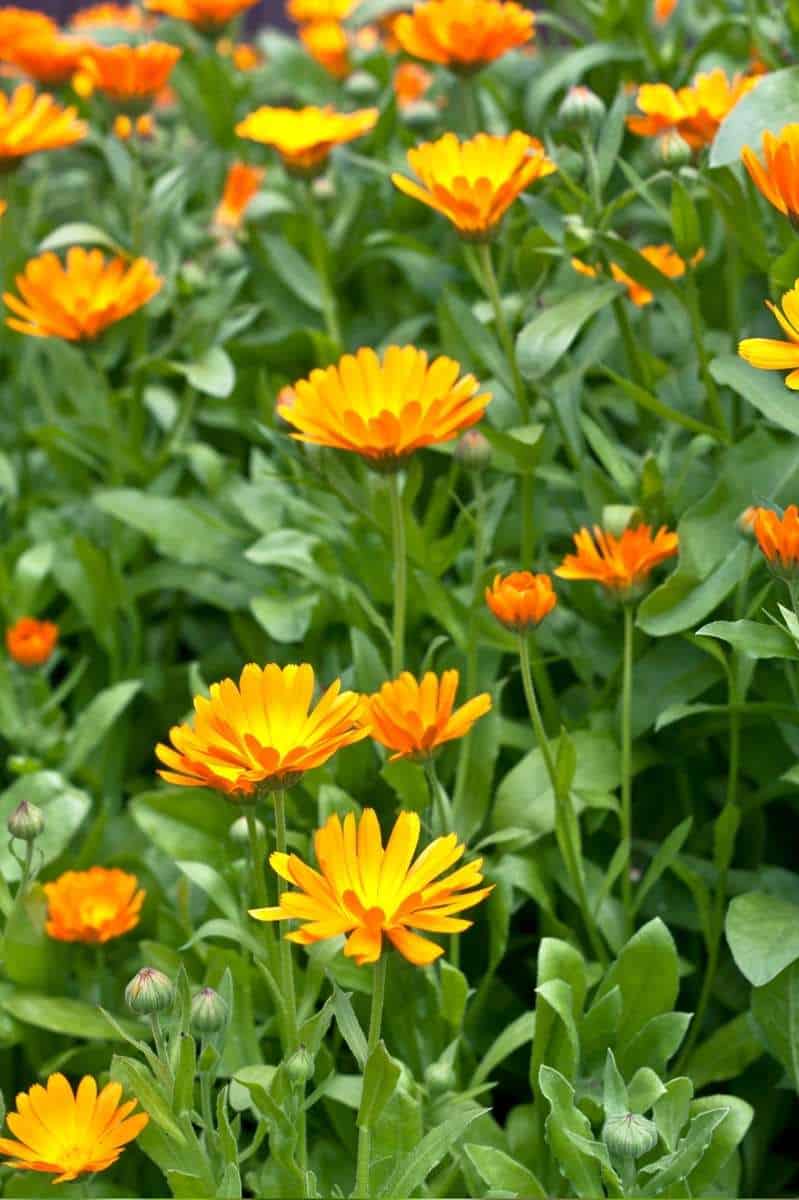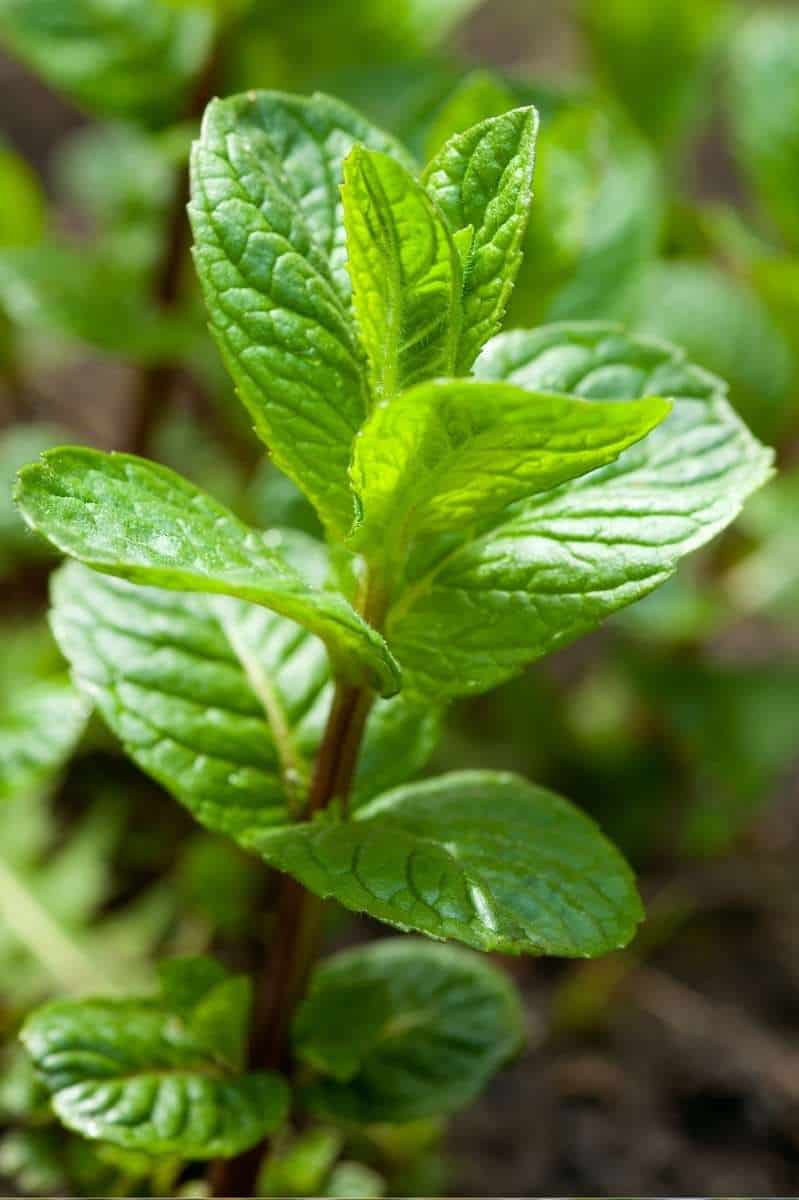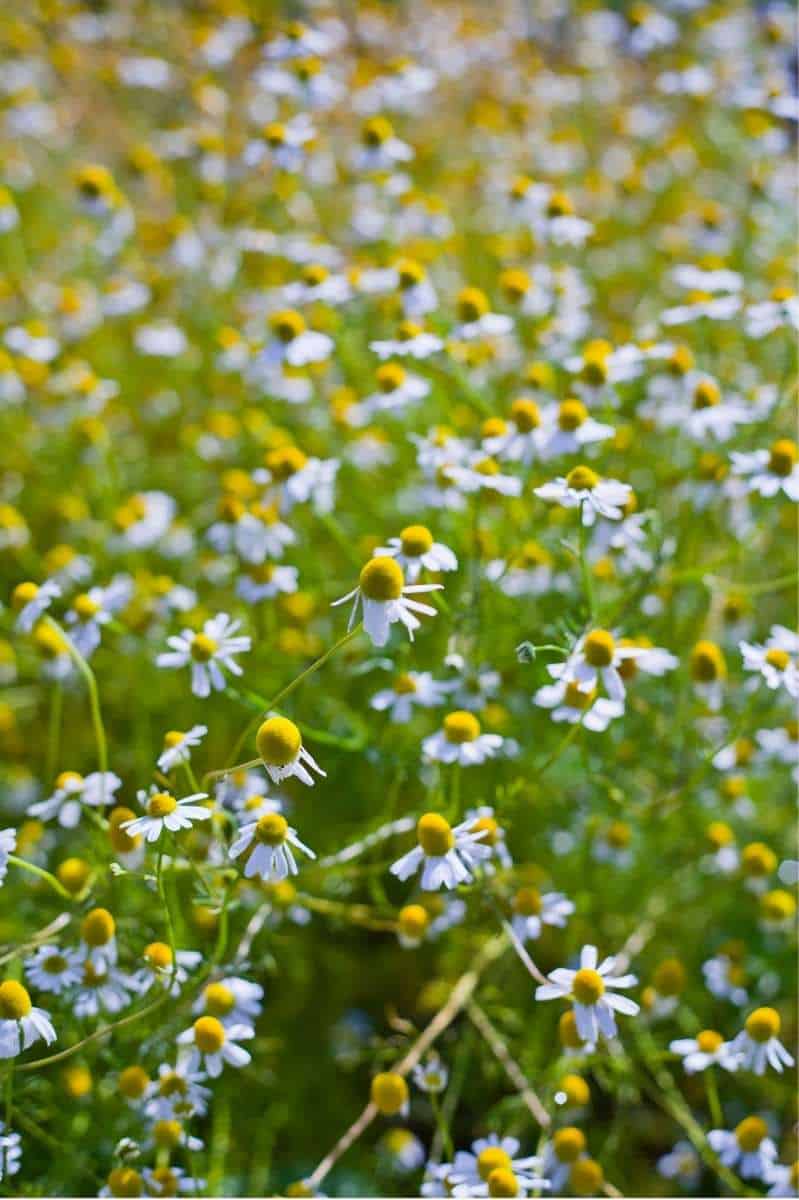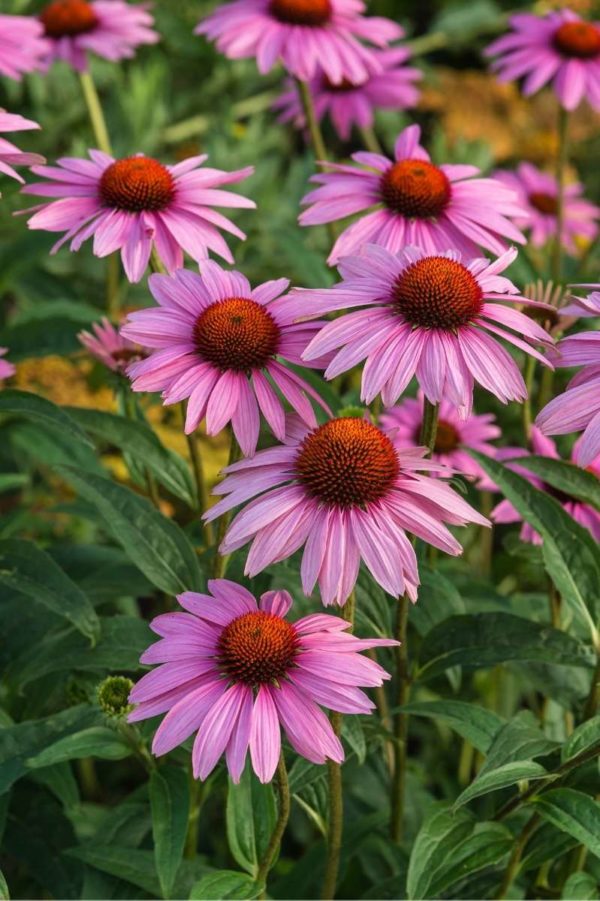I started out as strictly a vegetable gardener, but a few years back, I came down with a debilitating illness and many of my symptoms were relieved thanks to the power of medicinal herbs (and an incredible team of doctors, herbalists, and other health care professionals). This experience left me insatiable for information on growing my own medicine!
I devoured every book I could find, asked my local experts, and dove right into growing my own medicinal herb garden the next growing season. Having these powerful plants right outside our door has been such a blessing for our family! Let me tell you all about our medicinal herbs we have in the Growfully gardens.

Table of Contents
What are medicinal herbs?
The generally accepted definition of medicinal herbs is that they are any plant that you use medicinally—so this can mean that some medicinal herbs aren’t what we typically think of as “herbs” at all. Traditional culinary herbs like basil, thyme, and rosemary can all be medicinal herbs, but so can wild cherry tree bark, ginger root, and cayenne peppers.
For our list, we’re mostly listing herbs that are typically used for medicinal purposes—although many of them serve other purposes like pollinator and human food sources, dyes, and other uses.
How many medicinal herbs are there?
There are literally thousands of plants that humans have been using as medicine for thousands of years.

Are herbs safe?
We’ve safely used herbal treatments in our family for years—and again, humans have been safely using plants as medicine for millennia. However, it’s always important to check in with an herbalism-trained healthcare professional before starting on any new herbal protocol—especially if you are taking any pharmaceuticals, which can occasionally interact with herbal medicine.

What are the best medicinal plants and their uses?
Creating your family’s perfect medicinal herb garden is going to be supremely personal—only you know what medical needs your family has most often—but most medicinal herb gardens will be better off having these five plants:
- Echinacea (Coneflower): This beautiful purple-pink flower is a feast for the eyes, a wonderful pollinator plant, and is one of the most powerful immune-boosting herbs you can grow.
- Yarrow: Another pollinator-friendly plant, yarrow has delicate little white flowers on tall stalks. Yarrow can be used internally for all kinds of ailments, but we use it most often in our house externally to help with boo-boos! It can help reduce swelling and stop bleeding.
- Calendula: When you think calendula, think skincare! These sunny yellow flowers are soothing and nurturing to the skin. We use them in oatmeal baths to soothe sunburn or in lotion to heal dry skin.
- Peppermint: Tummy aches, no more! Peppermint tea is a staple in our house for tummy troubles (or to just help along digestion after a heavy meal). We will never be without peppermint!
- Chamomile: A classic for a reason, chamomile is a beautiful, dainty little flower that is a joy to grow in the garden, and a soothing cup of chamomile tea is perfect for helping you doze off to peaceful sleep.

Our Medicinal Herbs Plant List
Here are the medicinal herbs we have growing in (and around) our garden. Again, creating your own medicinal herb garden is going to be a deeply personal experience—we encourage you to build a relationship with the plants that nourish you and your family! Please use this list as only a starting point to help you create your own medicine garden.
Wildcrafted/Foraged
- Bee Balm
- Chickweed
- Dandelion
- Jewelweed
- Plantain
- Mullein
- Red Clover
- Wild Cherry
Perennials and Shrubs
- Astragalus
- Catnip
- Comfrey
- Echinacea
- Elder
- Elecampane
- Feverfew
- Horseradish
- Lavender
- Lemon Balm
- Lemon Thyme
- Marshmallow
- Motherwort
- Oregano
- Peppermint
- Rosemary
- Sage
- Spearmint
- Self-Heal
- St. John’s Wort
- Tansy
- Yarrow
- Wood Betony
Annuals
- Basil
- Borage
- Calendula
- Cayenne
- Chamomile
- Garlic
- Ginger
- Holy Basil (Tulsi)
- Stevia








Can I use wild foraged seeds and is pineapple weed of any use ? Thanks
Yes, you can use wild foraged seeds! We don’t have any experience with pineapple weed though, so I’m not sure on that one.
I look forward to planting my garden this year . Ty for the tips 🙂
Your very first picture, the one that looks like a fern, what kind of plant is it? My mother had 1 that looked similar and my dogs would eat it and she said it gave them an euphoric experience. I have been searching for this fern since she passed away. Any help would be great! Thank you for your time.
That is yarrow! However, I don’t believe it is safe for dogs to eat.
Good afternoon, I am someone who has been in the Horticulture business for almost 50 yrs. I am starting a small green house. I will be raising Herbal Medical plants. With you and your wealth of knowledge in this area , I would like to read your book and grow plants to benefit our health. Wish we could talk sometime. Not sure where your located.but. I would like to get all the knowledge I can.
Thank you for your time
Jeff Yunginger
That’s so kind of you, but we don’t have a gardening book at this time!